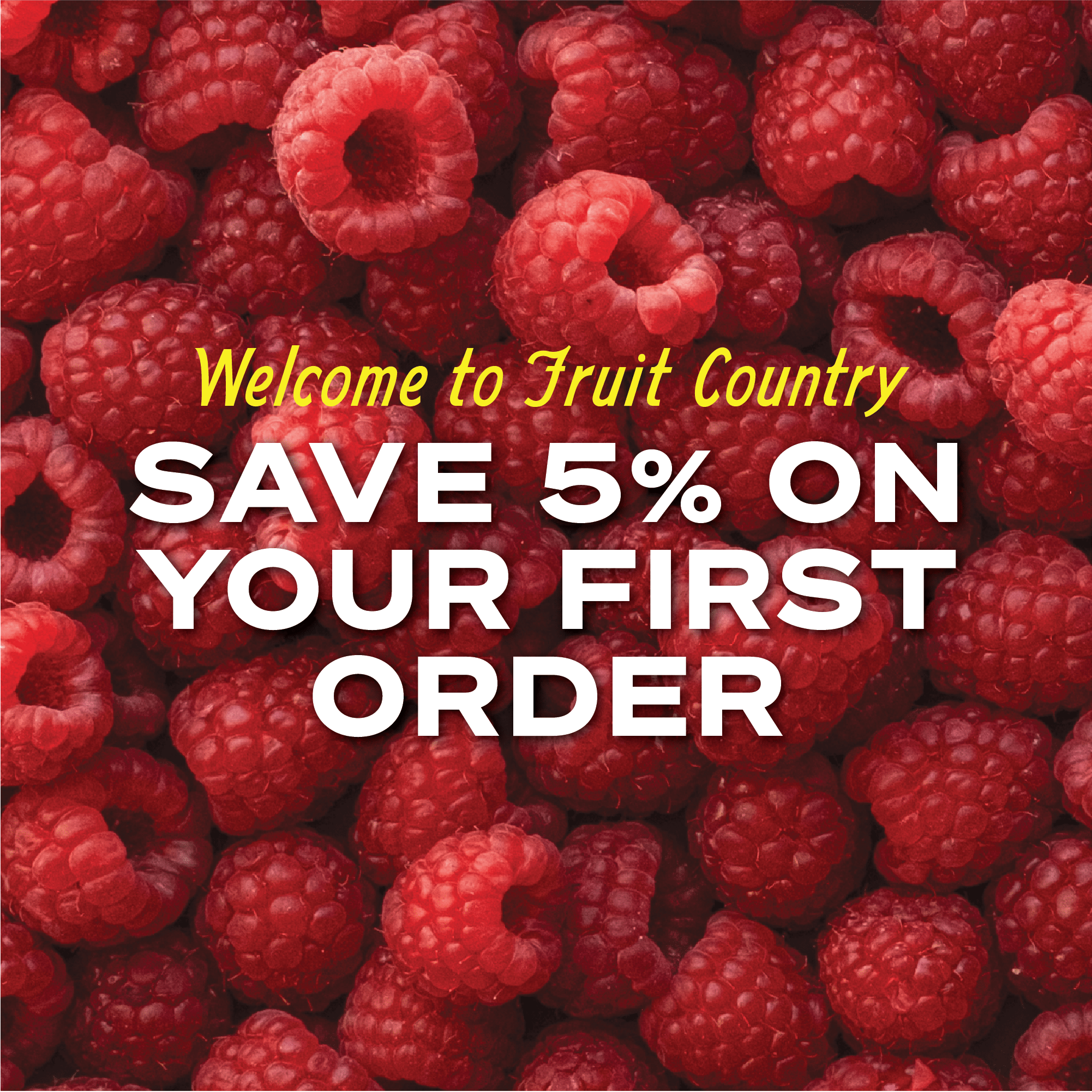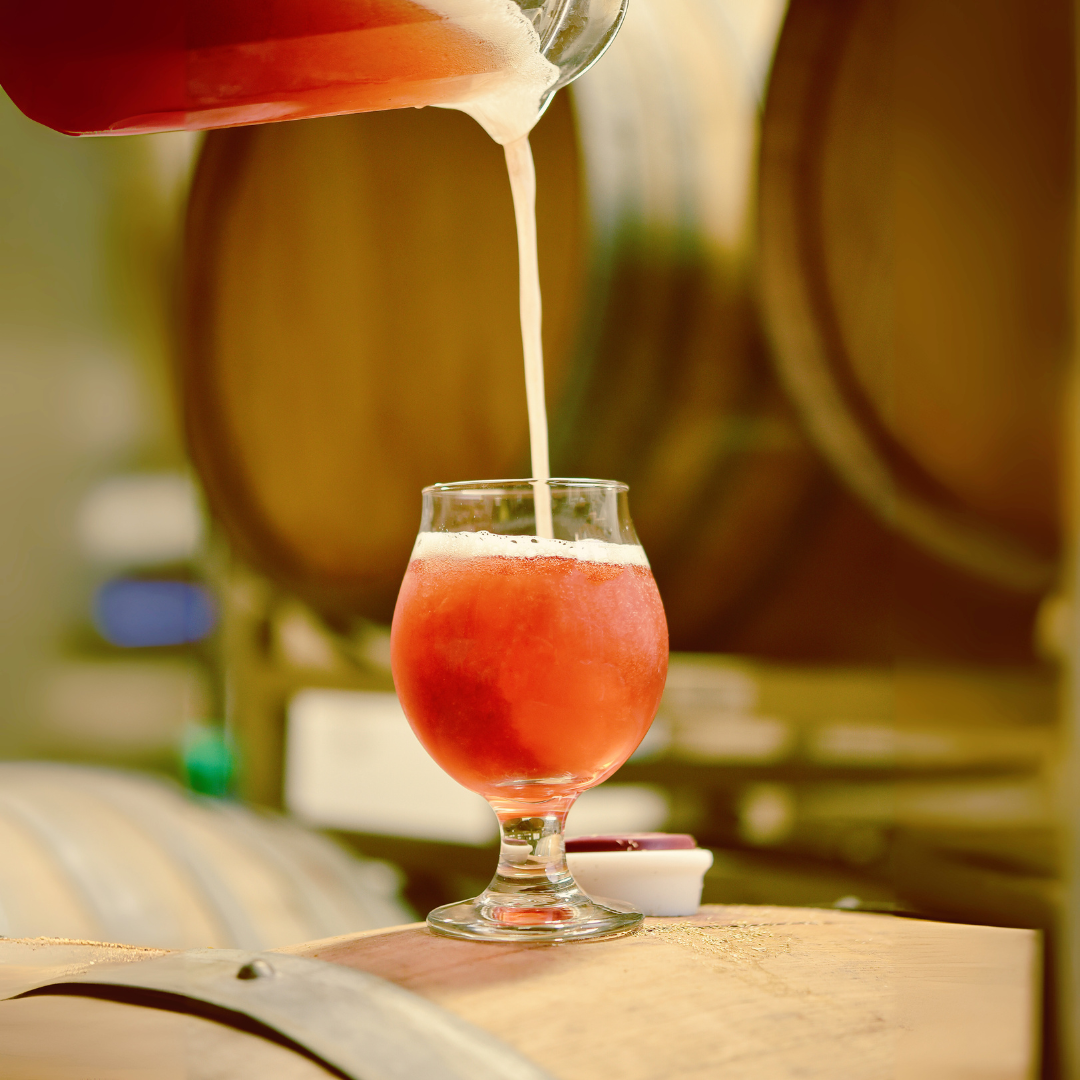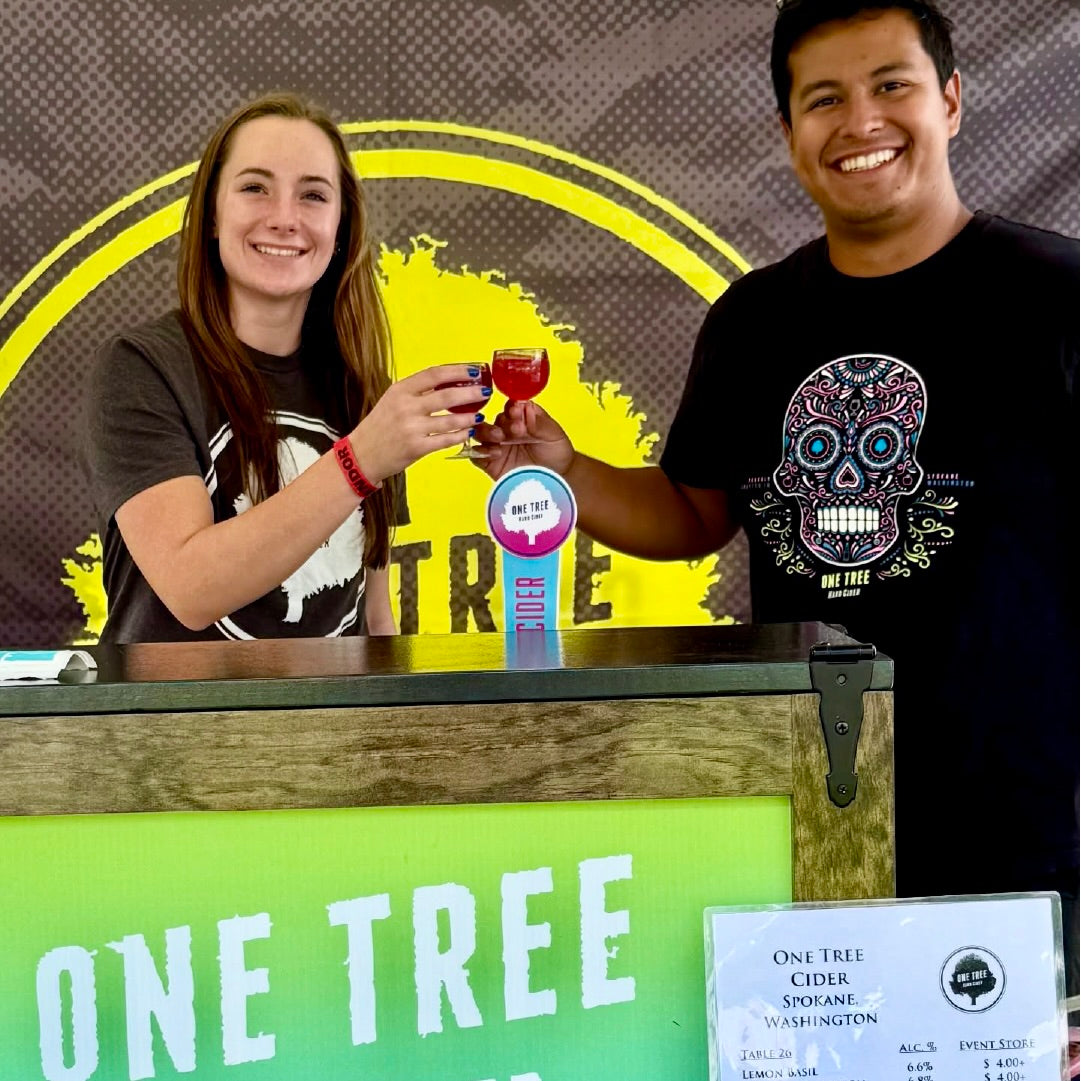September and the end of summer means it’s time to start planning your winter beers!
Winter seasonals are hugely popular with both brewers and consumers:
- Limited-edition demand: Drinkers love seasonal exclusivity. Beers that “disappear until next year” create anticipation, and winter styles especially benefit from seasonal holiday demand
- Fruit and spice crossover appeal: Younger drinkers in particular are gravitating toward fruit-driven beers, from cherry stouts to raspberry sours.
- Market growth: Winter ales consistently rank among the top-selling seasonals in the U.S., alongside pumpkin beers and summer IPAs. Surveys show that consumers associate winter beers with comfort, indulgence, and festive celebration
Ancient Roots: Dark, Strong, and Seasonal
Beer has always followed the agricultural calendar. In ancient Europe, brewers made stronger, maltier beers in the fall so they could last through the cold months. These brews provided warmth, sustenance, and celebration during long, dark winters.
- Norse & Celtic Traditions: Winter ales were brewed for midwinter festivals like Yule—hearty, sometimes flavored with herbs, spices, or honey.
- Monastic Brewing: In the Middle Ages, monks perfected winter brewing with bocks and dubbels. They also worked with local fruits, sometimes fermenting with plums, cherries, and berries that had been dried or preserved from harvest. This winter, channel that tradition with a cherry-kissed bock of your own.
Christmas & Holiday Ales
By the 17th and 18th centuries, brewers across Europe were producing special holiday batches. These beers were often:
- Stronger in alcohol to warm drinkers in cold weather.
- Spiced with cinnamon, clove, nutmeg, or ginger, echoing mulled wine traditions.
- Darker and maltier, full of caramel and roasted notes.
This was also the period when fruit additions—especially cherries, plums, and berries—started making appearances, often layered into warming strong ales to enhance richness and festivity. The idea of a “Christmas ale” became firmly established in England (winter warmers) and Belgium (strong, spiced, and sometimes fruited ales).
German, Nordic, & Belgian Winter Traditions
- Germany: The doppelbock, a robust, malty lager, became a traditional “liquid bread” brewed in winter by monks. Regional brewers also experimented with adding dark fruits like plum and black cherry to deepen the flavor. Make your own with our aseptic plum puree.
- Scandinavia: Norway and Sweden created Juleøl (Christmas beer), still brewed today with strong malts, juniper, and sometimes tart berries—tying fruit directly to holiday beer traditions. We recommend trying our aseptic cranberry puree – made using superior Oregon-grown cranberries.
-
Belgium: a hotbed of holiday brewing tradition, Belgian Christmas ales are often dark, rich, and bottle-conditioned. Alongside them, fruited lambics and strong ales (krieks with cherry, framboise with raspberry) became winter favorites.
Modern American Revival
The U.S. craft beer boom brought new interpretations of winter brewing:
- Anchor Brewing’s Christmas Ale (1975) revived the idea of the seasonal holiday beer in America, with a new recipe every year.
- By the 1980s–90s, craft brewers expanded the category with imperial stouts, spiced porters, and fruit-forward sours. Tart cherries, blackberries, plums, and raspberries became favorite additions—either in dessert-like stouts or sharp Berliner Weisse–style sours.
Today, you’ll find winter releases ranging from barrel-aged stouts with black cherry to marionberry sours and plum porters, showing how fruit beers have become a key part of winter brewing.
Hallmarks of Winter Beers Today
- Big and Warming: Higher ABV, malt-forward richness, often accented by dark fruit flavors.
- Seasonal Spicing: Cinnamon, ginger, nutmeg, clove, spruce tips.
- Fruit Additions: Cherries, raspberries, blackberries, plums, and cranberries bring tartness, color, and a festive touch.
- Limited Release: Rolled out late fall through January, making them annual favorites that drinkers seek out year after year.
In short: Winter beers began as strong, dark sustenance for survival, evolved into holiday traditions with spice and fruit, and today thrive as limited-edition, highly anticipated seasonals—with fruit beers standing out as some of the most creative and popular expressions.
Oregon Fruit Company is here to help you write your own chapter in winter brewing. Whether you’re dreaming up a cherry bock, a plum saison, or a berry-driven sour, our aseptic purees make it easy to bring bold, seasonal fruit character into your beer. Ask us about free samples—we’d love to help you craft a winter release worth celebrating!




